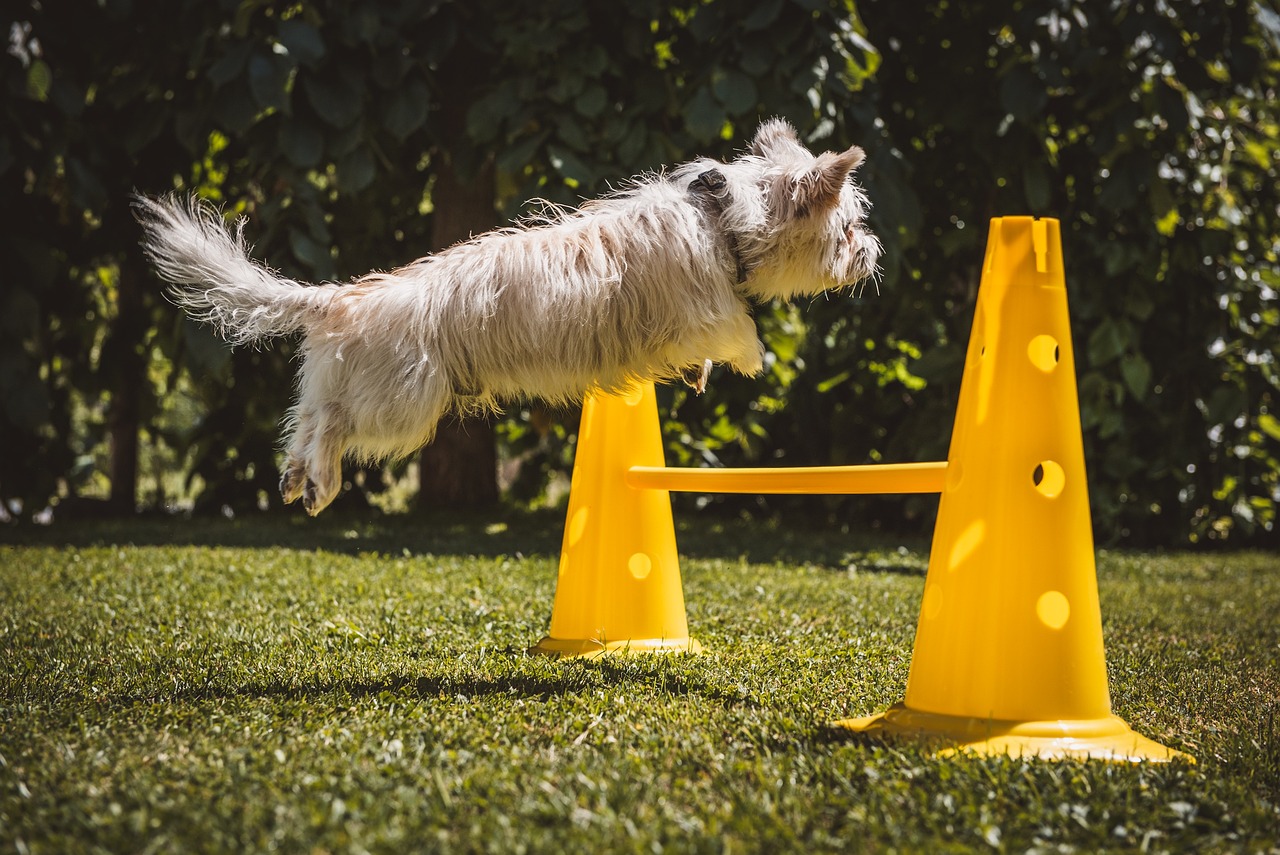Bringing a puppy into your home is an exciting and rewarding experience. However, to ensure a harmonious relationship with your furry companion, proper training is essential. This comprehensive guide will delve into various puppy training techniques, emphasizing positive reinforcement and highlighting the importance of pet care in fostering a well-behaved and happy puppy.
Understanding the Basics of Puppy Training
Puppy training is not just about teaching commands; it’s about building a strong bond and establishing clear communication between you and your new pet. The early weeks and months of a puppy’s life are crucial for laying the foundation of good behavior. Effective puppy training is an integral aspect of responsible pet care, ensuring that your puppy grows into a well-adjusted and obedient adult dog.
The Significance of Early Socialization
Proper puppy training begins with early socialization. Exposing your puppy to various people, environments, and experiences during their critical socialization period (usually between 3 and 14 weeks) helps prevent behavioral problems later on. Introduce your puppy to different sounds, sights, and smells, providing positive reinforcement through treats and praise. This early exposure is a cornerstone of puppy training and contributes significantly to a well-rounded adult dog.
Positive Reinforcement: The Cornerstone of Puppy Training
In the realm of puppy training, positive reinforcement stands out as a cornerstone method. This approach involves rewarding desired behaviors to encourage their repetition. Positive reinforcement can include treats, praise, or toys, creating a positive association with specific actions. Incorporating this technique into your puppy training routine fosters a positive learning environment, reinforcing the idea that good behavior leads to positive outcomes.
Basic Puppy Training Commands
Sit:
- Technique: Hold a treat above your puppy’s head, moving it back towards their tail. As they follow the treat with their eyes, their bottom will naturally lower. Reward and praise when they sit.
Stay:
- Technique: Start with a sitting puppy, extend your hand in front of them, and say “stay.” Take a step back and reward them if they remain seated. Gradually increase the distance and duration.
Come:
- Technique: Use a happy tone and crouch down, encouraging your puppy to come to you. Reward them when they do. This command is crucial for safety and recall.
Down:
- Technique: Hold a treat in your hand, lower it to the ground, and lead your puppy into a lying-down position. Reward and praise when they accomplish the command.
Leave It:
- Technique: Present a treat in a closed hand and say “leave it.” Once your puppy stops trying to get the treat, reward them with a different one. This command is valuable for preventing unwanted behaviors.
Crate Training for Puppies
Crate training is an essential aspect of puppy care and training. A crate provides a safe and comfortable space for your puppy, resembling a den where they can feel secure. Introduce the crate gradually, associating it with positive experiences such as treats and toys. Use the crate for short periods initially, gradually extending the time as your puppy becomes more comfortable. Crate training helps with housebreaking, prevents destructive behaviors, and ensures the safety of your puppy when you’re away.
Addressing Behavioral Challenges
It’s common for puppies to exhibit certain behavioral challenges during their training process. These challenges can include chewing, biting, or excessive barking. Patience is key, and addressing these behaviors requires consistent training techniques and positive reinforcement. Provide appropriate chew toys, redirect biting behavior to toys, and reward calm behavior to discourage excessive barking.
Puppy Training Classes: A Valuable Resource
Enrolling your puppy in a training class is an excellent way to reinforce positive behaviors and socialize them with other dogs. Puppy training classes, often offered by professional trainers or pet care facilities, provide a structured environment for learning. Additionally, the interaction with other puppies helps develop essential social skills. Attendees of these classes often find them invaluable for both the owner and the puppy, offering guidance and support in the training process.
The Role of Consistency in Puppy Training
Consistency is a fundamental aspect of successful puppy training. Use the same commands and reward systems consistently to avoid confusion. Establishing a routine for feeding, potty breaks, and playtime contributes to a sense of security for your puppy. Consistency fosters a predictable environment, helping your puppy understand what is expected of them and reinforcing positive behaviors.
First Aid Tips for Training Sessions
While puppy training is generally a positive experience, accidents can happen. Being prepared for minor injuries is part of responsible pet care. Keep a basic first aid kit with items like bandages, antiseptic wipes, and tweezers for removing splinters or debris. If your puppy sustains a more severe injury during training, seek veterinary care promptly.
In conclusion, effective puppy training is an essential component of responsible pet care. By understanding the basics of training techniques, emphasizing positive reinforcement, and addressing behavioral challenges with patience and consistency, you set the stage for a well-behaved and happy adult dog. Whether you’re teaching basic commands, addressing behavioral issues, or enrolling in puppy training classes, the investment in proper training pays off in the form of a strong bond and a positive relationship between you and your furry companion.

